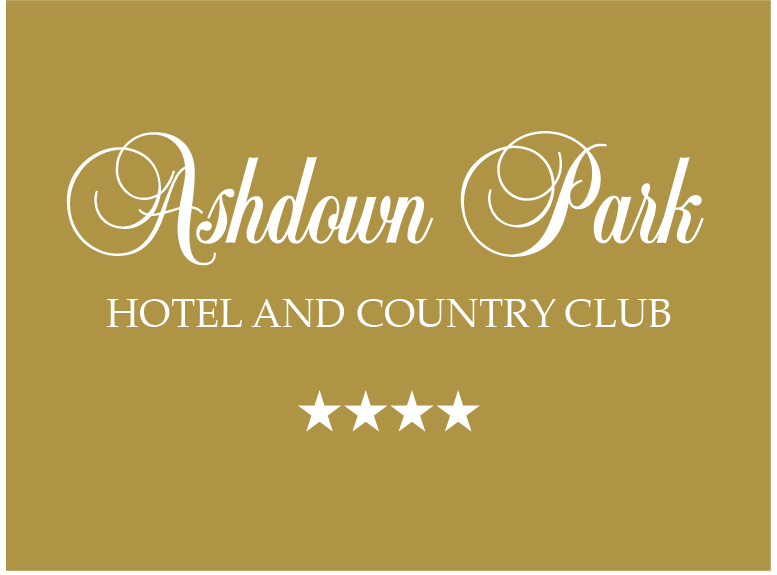Barbara from 'Barbara's Pearls', Chichester, West Sussex, shared her passion and beautiful craftsmanship with our Ladies Lunch today. Her pearl jewellery designs are made using cultivated Chinese Freshwater Pearls she buys from wholesale connections she made while living in Hong Kong, and finished with Sterling Silver or 14ct Gold fastenings, other precious stones and diamonte detailing.
Barbara's love with Chinese Freshwater Pearls began in 2001 after she and her husband moved to Hong-Kong for his work. Here Barbara had her first experience stringing pearls, knotting and jewellery design. Initially, she created gifs for loved ones, who soon talked her into making more and turning her hobby into a business, which continues today.
Barbara has a wealth of knowledge about pearls and their cultivation in China, here are just a couple of FAQ's for you to enjoy. To hear the full talk please contact Barbara to find out where her next talk will be.
How are Pearls Made?
Pearls are a natural product made by certain bivalve molluscs such as Oysters, Mussels and Clams. Pearls form around a small piece of material such as sand or shell, which gets inside a molluscs' shell and cannot be spat out. To stop any irritation to the invertebrate the foreign object is circulated within the mollusc and coated over and over again in mother-of-pearl - the same material which coats the inside of the shell.
It takes 3-10 years on average for pearls to reach sizes that are recognisable to be used in jewellery. The less time allowed to develop the smaller the pearl.
In rare situations, a pearl will become lodged into the shell of a mollusc. Barbara shared a couple of amazing, and very large examples of this occurring. You can purchase jewellery designed by Barbara which incorporates this unusual occurrence. (Photographed right)
Why are pearls different colours?
A pearls colour is decided by the colour of mother of pearl the mollusc creates. Colours vary from white and soft pink to grey and peacock.
What are cultivated pearls?
Cultivated pearls are the term given to naturally made pearls which have had human influence in starting them, i.e. farmed pearls. Most commonly a grain of soft shell is introduced carefully by a farmer inside a mollusc for the pearl to be formed around.
Sea Culturing of Oysters more commonly produces a single perfectly spherical pearl. Freshwater Mussels and Clams can often produce more that one pearl at the same time and the pearls often come in different shapes with various markings and indentations. Baroque is the name given to pearls which shape doesn't fit into a pearl shape category.
Looking after your pearls
To keep your pearls in top condition there are a couple of rules.
1) Don't get chemicals on them, especially perfume and hairspray. This will begin to remove the lustre from the pearl.
2) Wipe pearls with a natural fibre cloth at the end of the end of the day to remove any impurities.
3) Store your pearls in a separate location. Other items of jewellery will scratch pearls, and because they are natural they should be able to breathe while in storage so don't use storage options such as polythene bags.
For more information visit Barbara on Facebook: @barbaraspearls
Email Barbara directly.


